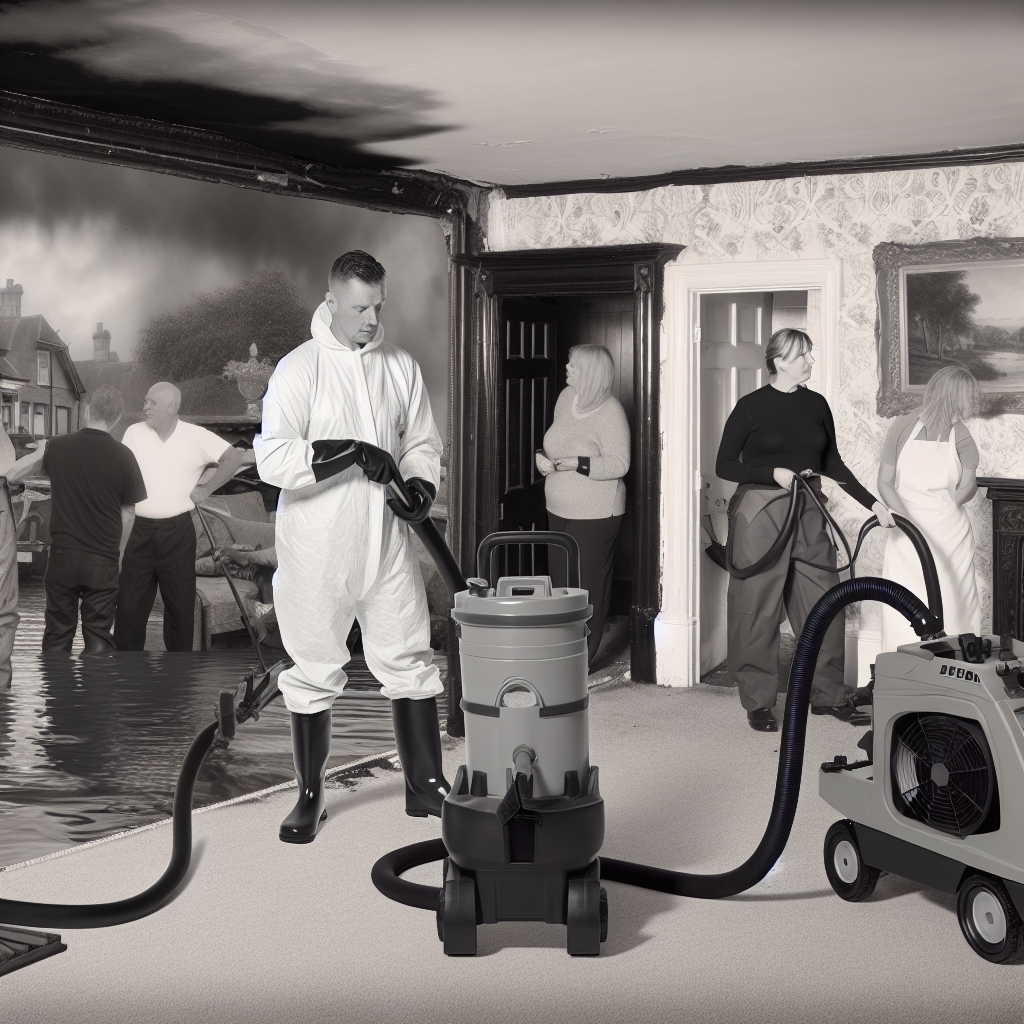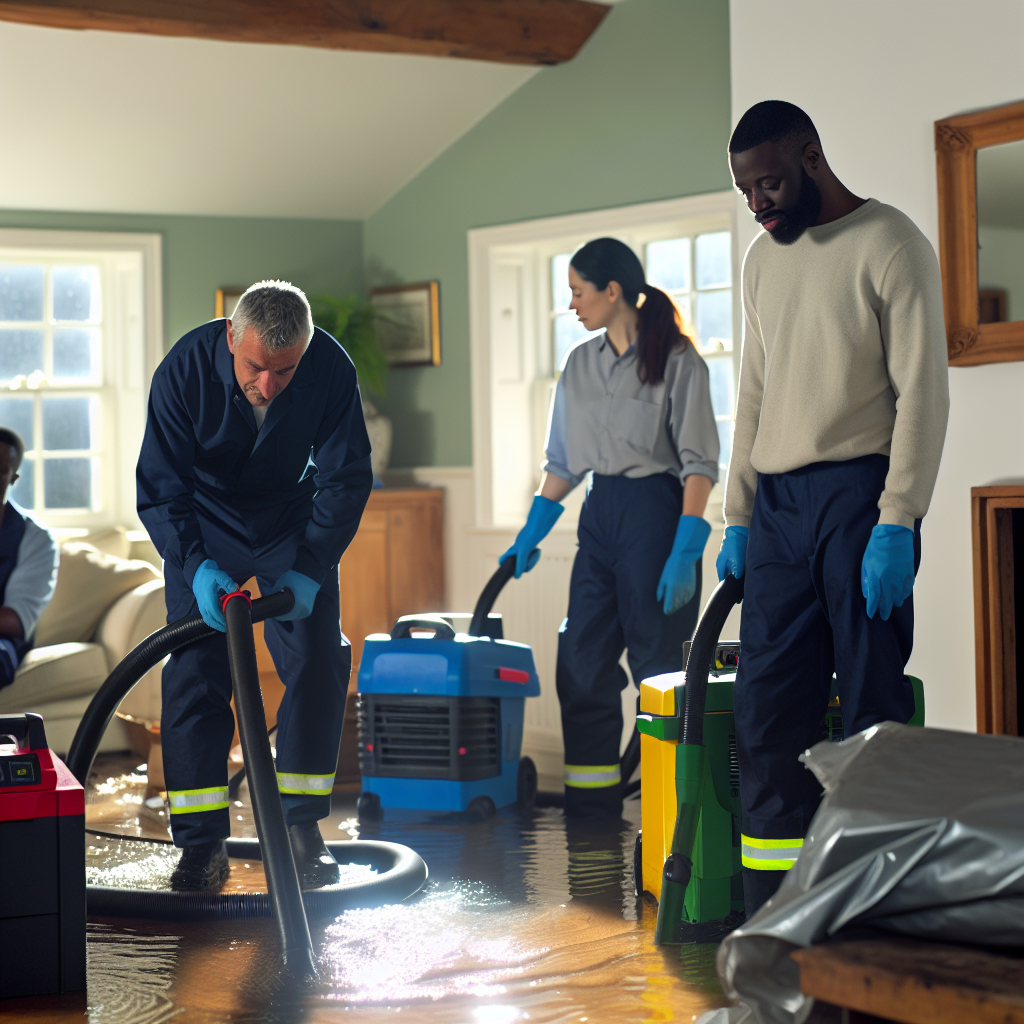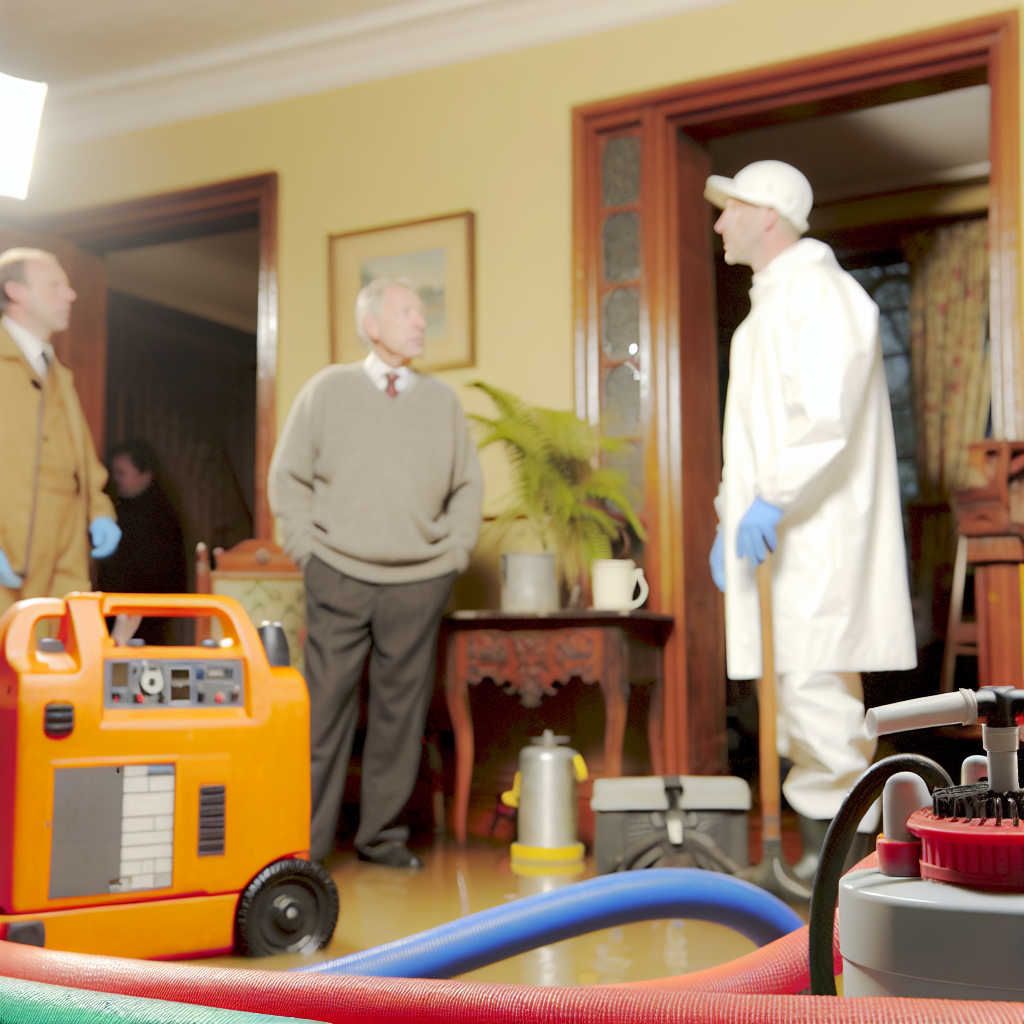Understanding the Comprehensive Process of Flood Damage Restoration: A Practical Guide for UK Property Owners
Introduction
It’s a distressing truth that flood damage is an ever-present threat for many UK property owners. Annually, floods cause substantial damage to British properties, with estimates of repairs often running into thousands of pounds [1]. Understanding the comprehensive process of flood damage restoration is therefore an essential part of owning property in flood-prone areas. This guide is aimed to help property owners navigate the often complex and devastating aftermath of floods, detailing the restoration process, safety measures, and the tools you’ll need to ensure your property can thrive once again.
Physical Damage Assessment
The first stage after a flood is to assess the physical damage caused by the deluge. This involves thoroughly investigating your property to determine the extent of the damage. Once the water retreats, it’s advisable to work with professionals who can help evaluate structural integrity, identify hidden damage, and create a comprehensive map of the areas affected. This will inform the strategy for restoration.
Clean-Up and Damage Control
The cleaning process is often the most demanding part of flood damage restoration. It involves removing waterlogged and unsalvageable items, deep cleaning your property, and disinfecting affected areas to prevent issues such as mould and mildew. Both hard surfaces and porous materials need to be cleaned with specialised equipment and chemicals. Ventilation is also crucial in speeding up the drying process.
Structural and Infrastructure Repair
Once the clean-up is complete, the next step involves structural and infrastructure repair. Inspections of the electrical, gas, water and structural systems should be carried out by certified professionals. Drying out walls, floors and furniture to prevent mold growth is important. Structural elements such as studs and joist may need to be replaced.
Restoration and Revitalisation
With most of the heavy lifting out of the way, the focus shifts to restoring and revitalising your property. This includes repairing or replacing damaged walls and flooring, replacing damaged furniture and appliances, and repainting.
Insurance Claims and Other Support
Filing for insurance claims is crucial to handling the financial pressures imposed by flood damage. It’s important to thoroughly document the damages before starting cleanup and restoration work, as most insurance providers require comprehensive proof.
Conclusion
Navigating the aftermath of a flood can be a daunting and heartbreaking process. However, understanding the comprehensive process of flood restoration can help make the task a little more manageable. This guide has outlined the key steps in assessing damage, cleanup, repair, restoration, and filing insurance claims. Armed with this knowledge, UK property owners can feel more prepared in the event of a flood.
Frequently Asked Questions
–
What steps can I take to help prepare for a potential future flood?
–
How can I properly document the damage for insurance purposes?
–
What are typical signs of hidden water damage?
–
How long does the full restoration process typically take?
–
Are there any special considerations if my property is a historic one?
References
[1] Environment Agency. (2020). “Restoring flood-hit homes.” UK Government. Link
[2…]




